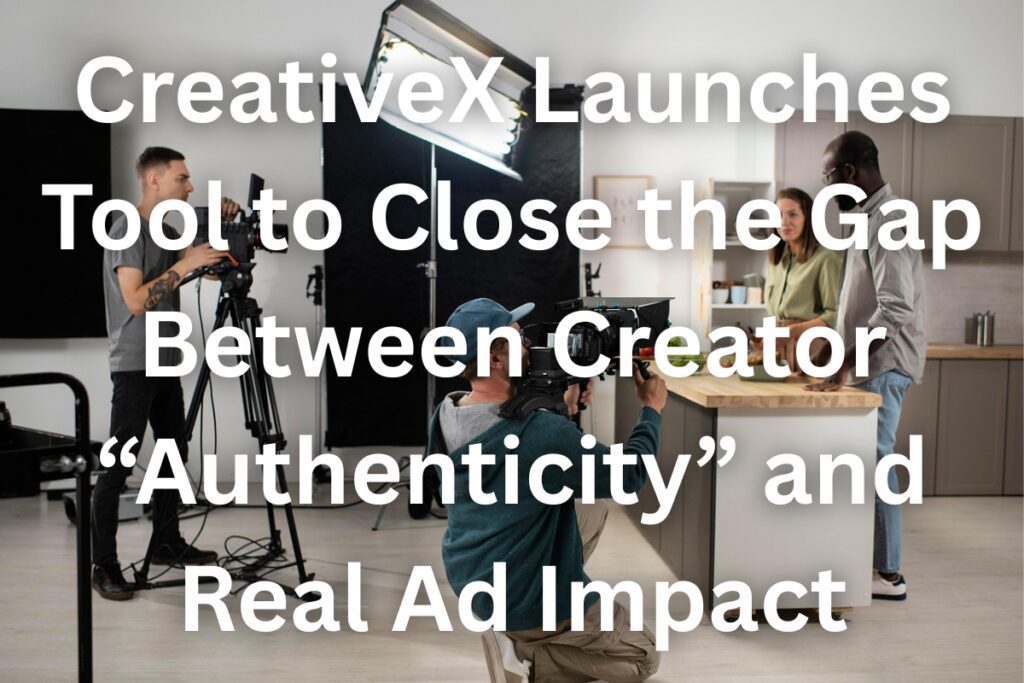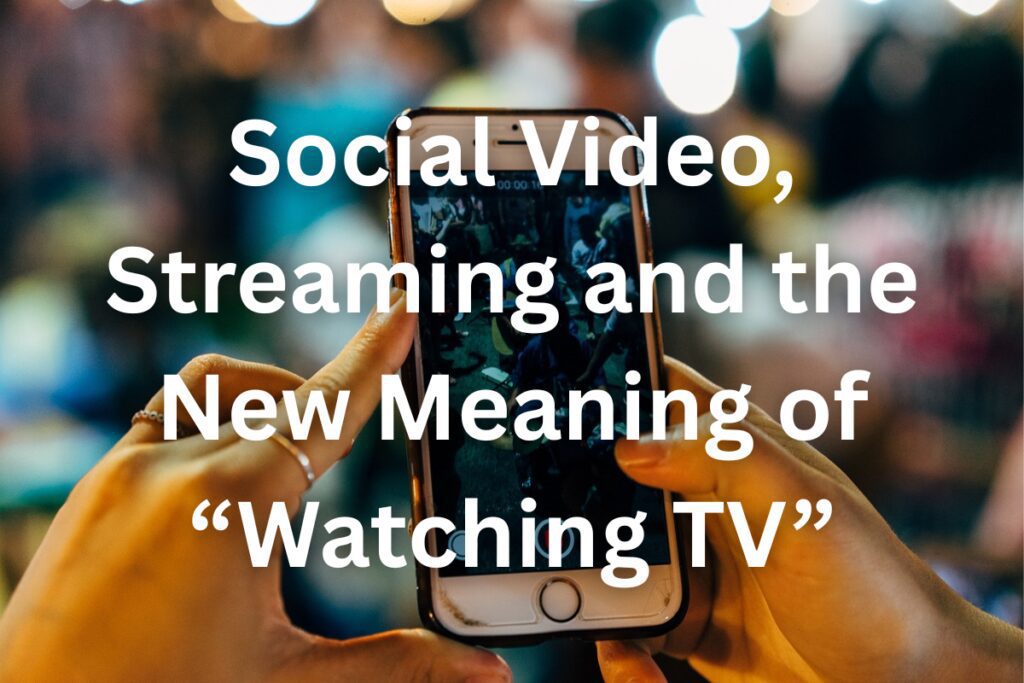As Artificial Intelligence (AI) accelerates at an astonishing pace, marketing professionals find themselves in a precarious position – caught between the promise of revolutionary efficiencies and the pitfalls of underpreparedness.
While some teams enthusiastically embrace AI, others hesitate, unsure of its risks, scope, and longevity. This divide is becoming increasingly apparent as businesses transition towards digital-first models and demand more from their marketing departments.
But if there’s one truth marketing leaders can no longer ignore, it’s this: delaying AI adoption due to uncertainty may ultimately cost more than the perceived risks of moving too soon. The key to navigating this new frontier lies in proactive learning, team-wide upskilling, and cultivating the right mindset.
Here’s why marketing leaders must take action now.
Efficiency: Giving Overworked Teams Breathing Room
Marketing teams are notoriously stretched. From campaign planning to execution and reporting, the sheer volume of tasks leaves little space for innovation. AI can alleviate this burden.
By integrating AI into workflows, marketers can automate time-consuming functions like data analysis, content creation, and customer segmentation. This not only boosts productivity but also allows professionals to reinvest time into strategic initiatives – something that’s often sacrificed in the rush to deliver.
Moreover, while AI adoption may require initial outlay – both in tools and training – the long-term savings on agency costs and software licenses are tangible. With the right implementation, AI becomes a budget-conscious decision, not a burden.
Boardroom Credibility: A Seat at the Strategic Table
Artificial Intelligence isn’t just a back-office tool – it’s a boardroom conversation.
Business leaders are eyeing AI as a driver of competitive advantage and sustainable growth. To stay relevant in this strategic dialogue, marketing must lead by example.
Marketers who can clearly demonstrate AI’s business value – whether in campaign efficiencies, customer insight, or bottom-line impact – position themselves as essential contributors to wider business goals.
In turn, this elevates the role of marketing from tactical executor to strategic partner.
Brand Positioning: Walking the Tech Talk
Across industries, brands are seeking to reposition themselves as forward-thinking, digitally fluent, and AI-enabled.
For marketing teams, this creates a dual challenge: they must not only market AI-enhanced products and services but also understand the tools themselves to ensure messaging is authentic and informed.
Without firsthand knowledge of AI capabilities and limitations, marketing narratives risk sounding hollow.
Training empowers teams to create messaging that’s credible, transparent, and aligned with real customer benefits – vital in an age where consumers are increasingly wary of tech buzzwords.
Maintaining Competitiveness: The Clock Is Ticking
Those slow to adopt AI may soon find themselves trailing their competitors – not just in market share but in efficiency, creativity, and output.
AI-savvy competitors are speeding up production cycles, enhancing personalisation, and deploying campaigns with greater agility.
And with quicker output comes a bonus: time to reflect, optimise, and innovate. Marketing teams who rely solely on manual methods risk being stuck in reactive mode, always a few steps behind.
Resource Risk: Building Careers, Not Replacing Them
There’s growing concern within the industry around AI-driven job displacement. While some fear automation will replace human roles, the truth is more nuanced. With proper investment in training, AI becomes a tool to amplify human talent – not eliminate it.
Upskilling sends a powerful signal to employees: they’re part of the future. This not only boosts morale but also helps with retention, as skilled marketers see investment in their development as a reason to stay.
In a tight labour market, where both hiring and replacing staff are costly, creating pathways for internal growth is simply good business sense.
Bridging the Gap: A Holistic Approach to AI Adoption
It’s not just large corporations that can benefit from AI readiness. While big companies often have built-in training budgets and infrastructure, smaller firms can close the gap with targeted hiring strategies.
Recruiting talent with critical thinking and adaptability should be a priority – traits essential for evaluating AI-generated content and adapting processes.
Moreover, socialising AI across the business – through peer mentoring, leadership-led discussions, and real-life use cases – helps build comfort and curiosity at every level. Marketing departments thrive when AI is introduced not as a threat, but as a team-wide opportunity.
Embedding AI conversations into recruitment, onboarding, and everyday processes signals its central role to incoming talent and encourages a culture of experimentation and learning.
Skill Gap: Constantly Closing the Loop
The skills gap isn’t a one-time fix – it’s a moving target.
As AI evolves, so too must the knowledge and confidence of those using it. That’s why training should be viewed not as a one-off investment, but as a continuous cycle.
Marketing leaders must work to instil clear standards and accountability within AI use. This safeguards integrity, prevents misuse, and ensures AI is deployed responsibly and effectively.
With these boundaries in place, teams can confidently hand over the repetitive work and redirect their energy to strategic, creative, and relationship-driven tasks that only humans can master.
Conclusion: A Call to Act Before the Gap Widens
The era of AI in marketing is no longer theoretical – it’s here.
The question is not if teams should embrace it, but how swiftly and responsibly they can prepare. For marketing leaders, the path forward is clear: advocate for AI training today or risk falling behind tomorrow.
By prioritising efficiency, strategic relevance, brand positioning, and employee confidence, businesses can build marketing departments that are not only AI-capable, but AI-confident. In doing so, they ensure that their teams remain indispensable – driving creativity, insight, and value in an ever-changing digital world.









